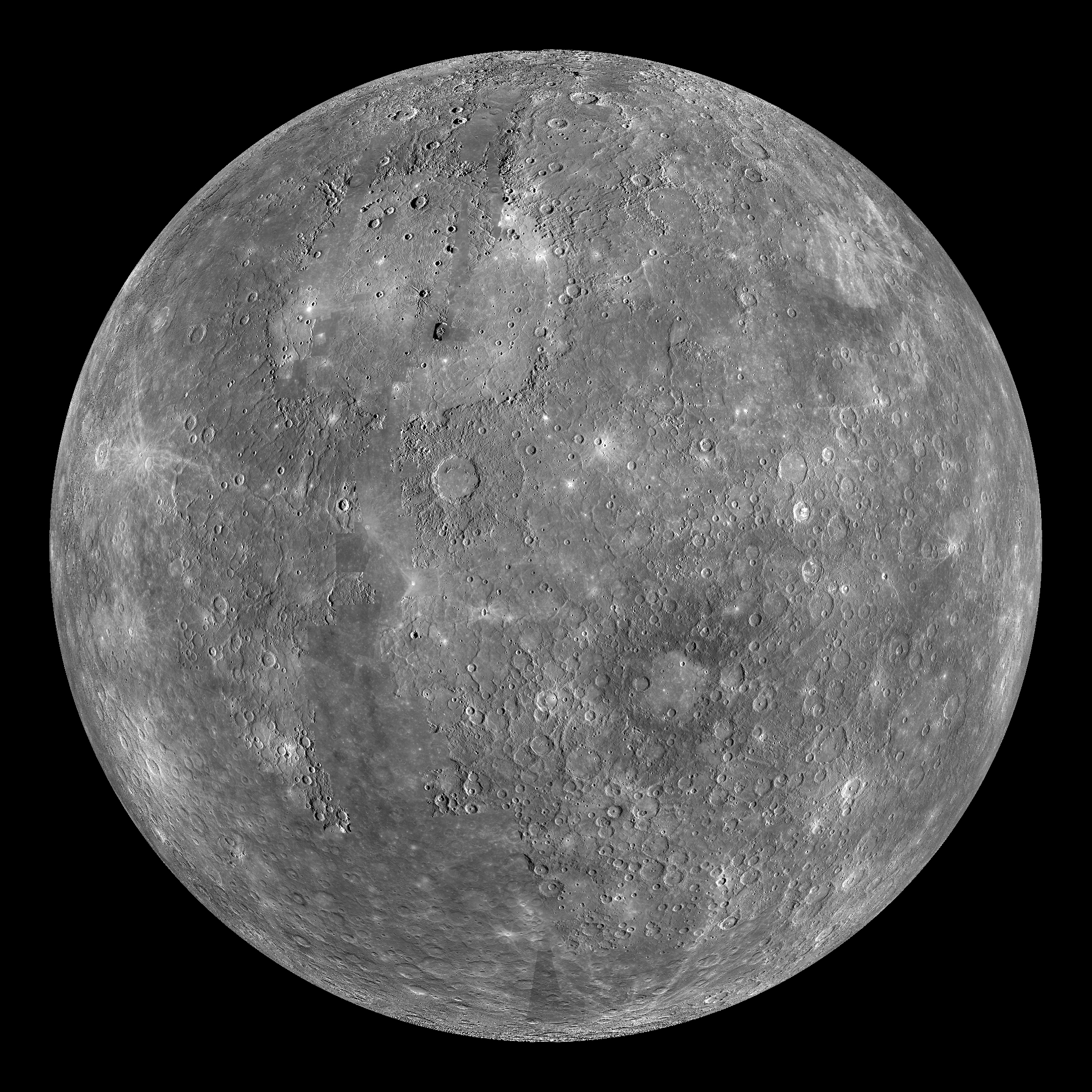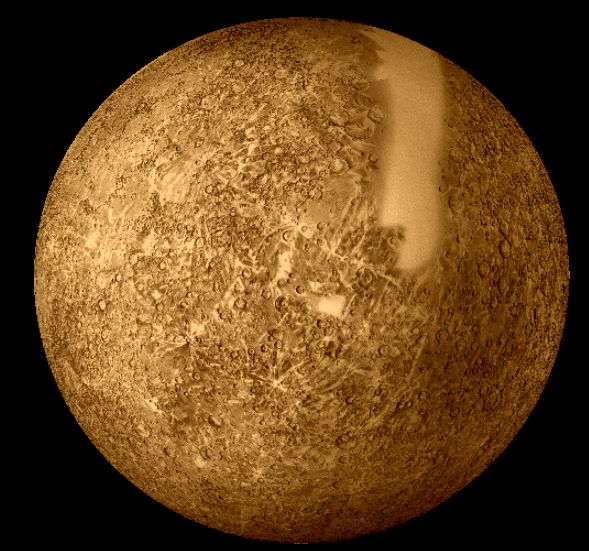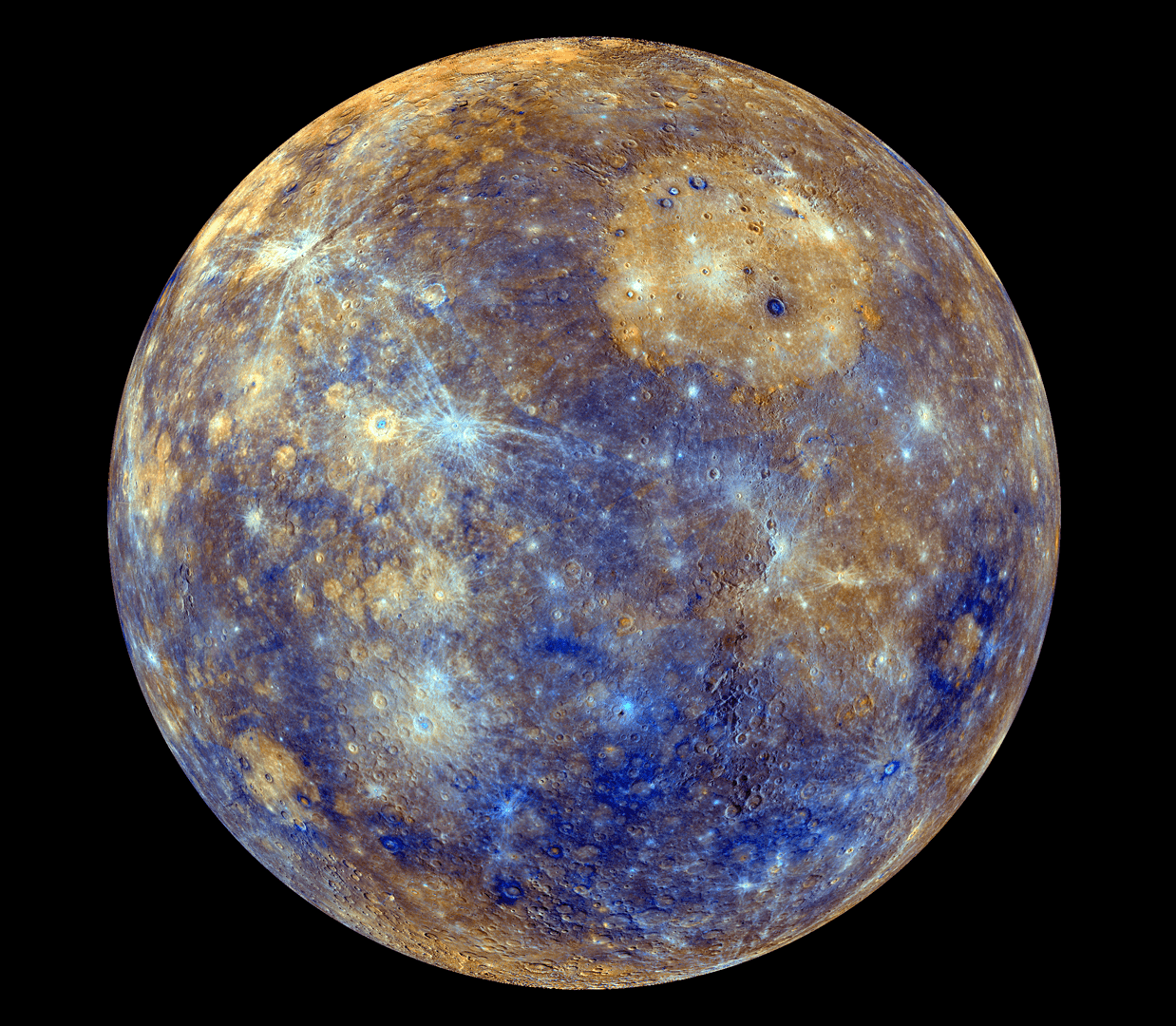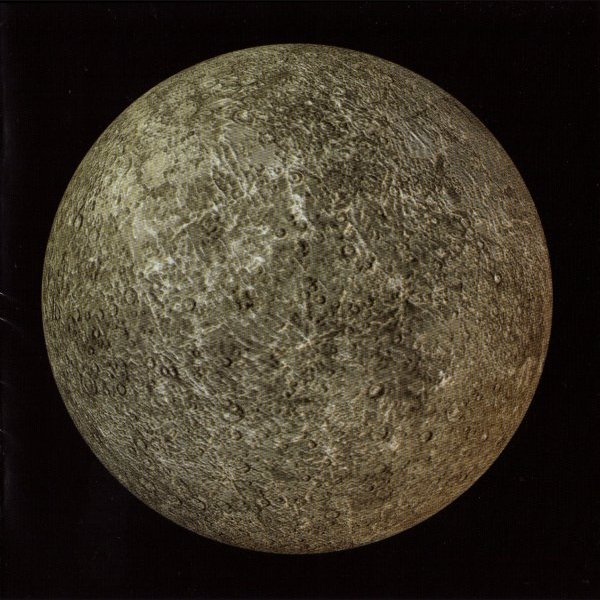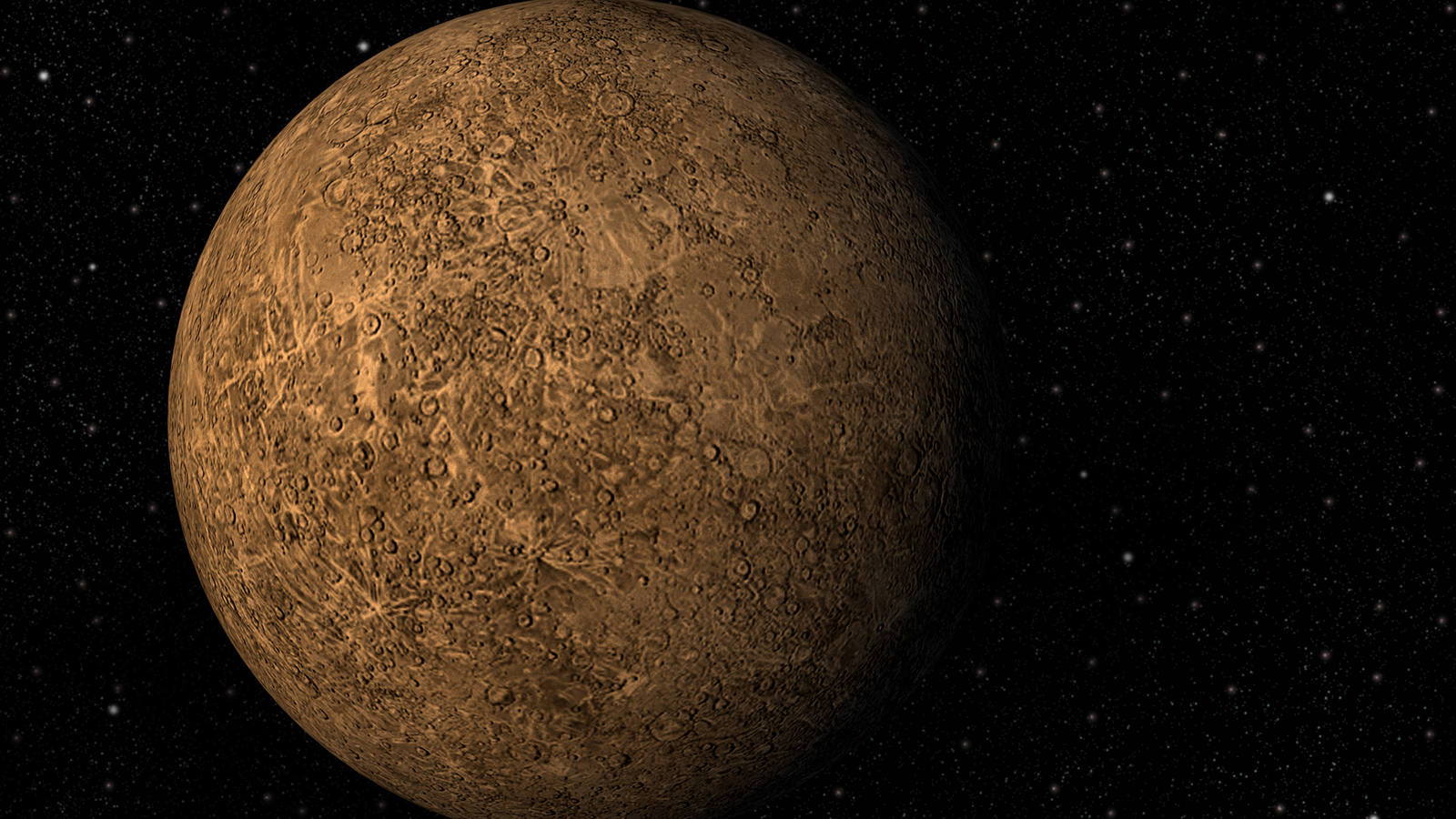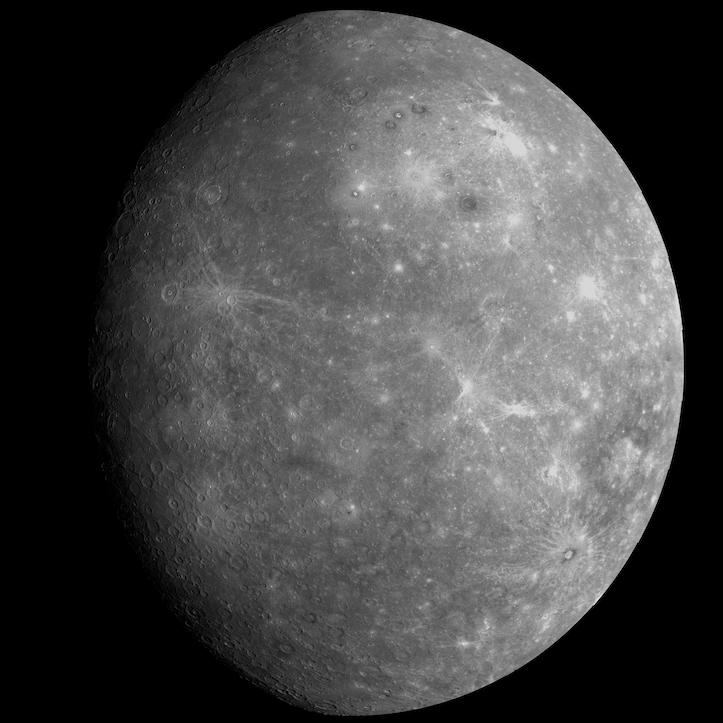Exploring the Wonders of Mercury, the Smallest Planet in Our Solar System
Mercury, named after the ancient Roman god of commerce and communication, is the smallest and fastest planet in our solar system. With a diameter of approximately 3,032 miles, it is less than half the size of Earth. Despite its small size, Mercury is a fascinating planet with extreme temperatures, surface features, and a weak magnetic field.
Mercury's Surface and Composition
The surface of Mercury is heavily cratered, with the largest crater, Caloris Planitia, having a diameter of 1,550 km. The surface is also scarred with ridges and bright debris from numerous impacts. Mercury has a thin exosphere, and its surface temperature can range from 800 degrees F during the day to -300 degrees F at night.
Orbit and Speed of Mercury
Mercury speeds around the sun every 88 Earth days, traveling at nearly 112,000 mph, making it the fastest planet in our solar system. Its oval-shaped orbit is highly elliptical, taking it closer to the sun than any other planet.
Interesting Facts About Mercury
Mercury has no rings, no moons, and a relatively weak magnetic field. It is also one of the most difficult planets to observe due to its proximity to the sun. Despite these challenges, Mercury continues to inspire scientific exploration and fascination.
#Astronomy




